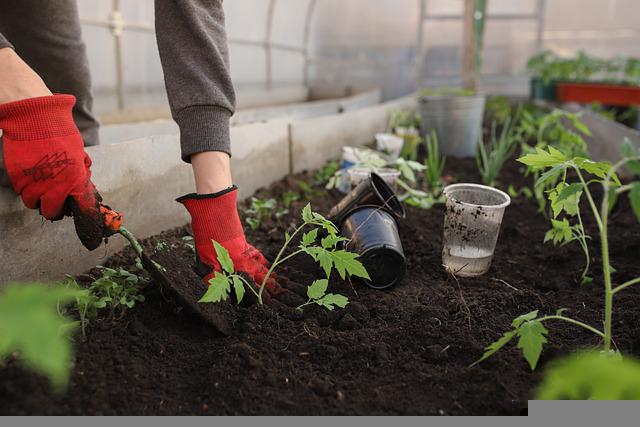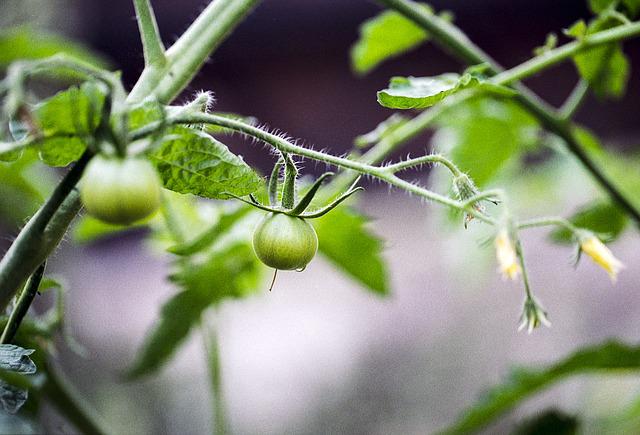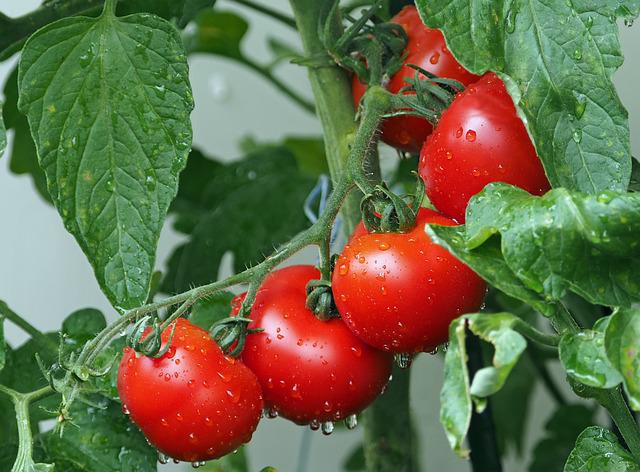Wondering how many tomato plants in a 4×4 raised bed? Tomatoes are a favorite to many gardeners. There are wide varieties to plant, and raised beds offer the optimal conditions for your tomatoes to thrive. This is especially true considering tomatoes love heat, and the warm soil temperatures in a raised bed provide the perfect medium.
With careful planning and strategic planting, a 4×4 raised bed can yield a surprisingly abundant tomato harvest, allowing you to enjoy fresh, flavorful tomatoes all season long.
Even though only four by four feet, a square foot garden can be optimized despite its modest size. Because the planting concept splits the garden into 1-foot squares, each square contains a distinct plant kind. Although the spacing criteria must still be followed, more types can be blended than traditional row planting.
Keep reading to know how many tomato plants are in a 4×4 raised bed.
How Many Tomato Plants In A 4×4 Raised Bed?

Four or five tomato plants can be grown in a raised bed of 4′ by 4′. Depending on the USDA zone and tomato variety, only two or three tomato plants may fit in a 4’x4′ raised bed. It is typically easier to grow determinate tomato varieties than indeterminate ones.
Depending on the variety of tomato plants, whether it is determinate or indeterminate, whether you use a trellis to use vertical space, and other factors, you will need a different number of plants. To begin with, it’s vital to give your tomatoes enough space so they can grow vigorously and aren’t deprived of nutrients.
The plants won’t grow if they are clumped too close together, and they will compete for nutrients in the soil. So you’ll also want to make sure that as many tomato plants as possible if you’re a gardener. By doing this, your garden will produce more fruits and vegetables.
You would often reap a larger harvest if you grew 30%, 50%, or twice as many plants in the same area. Could you fit as many tomato plants into this raised bed as possible without killing them? Tomatoes grow to a certain size and type when they have reached full size.
Determinate Tomatoes
There is a specific growth period for this variety. Once harvested, the plant stops growing once the fruit has ripened. It also doesn’t grow very large (about four to five feet). Thus, they’re called bush tomatoes. These tomato plants won’t grow anymore on their own, so you don’t have to prune them either.
Plants of this variety should be spaced at least 36 to 48 inches (3 to 4 feet) apart. For a raised garden bed of 4×4, this corresponds to 4 plants. In addition, you can trellis your tomatoes (or use cages) to prevent them from sprawling.
Even though the tomatoes are compact, they are weighed down by the large number of tomatoes they grow.
Indeterminate Tomatoes

Tomatoes grown indeterminately do not stop growing. It continues to grow until it reaches low temperatures, at which point it dies. Instead of one large harvest, you receive small, consistent yields throughout the growing season.
These tomatoes can grow as tall as 10 feet and are called “vining” tomatoes. Since they spend a lot of energy and time growing taller, the tomato fruits ripen later than determinate varieties.
The cutting of these plants is also necessary to ensure that they grow as large as possible and that a larger harvest will result. If you want to support them as they grow, trellises or cages are best.
Three to four feet is still an appropriate spacing, which means you’ll get four or five plants in your raised bed. It’s impossible to grow more than two or three plants without a trellis.
What Is The Best Width For A Raised Tomato Bed?
The perfect size is 4 feet long and 4 feet wide, so you can reach the plants and cultivate the soil easily. Build your raised garden beds far enough apart if you’re building more than one. You won’t reach some plants when there is no space to walk through.
Space each raised bed at least 30 inches apart. Tomatoes and vegetables thrive in gardens 12 inches deep. However, some people build gardens up to 18 inches deep.
When Tomatoes Are Planted Too Closely Together What Happens?

The limited nutrients, including air, light, and water, will compete with too many tomato plants. Wilts can also be caused by inadequate airflow and sunlight. It will also be difficult to harvest tomatoes if crowded, making them more susceptible to damage.
It has been reported that some vendors advertise that their varieties can be planted in 1 square foot per plant. Even though it may be true, such an arrangement is risky, and you may not reap any benefits. Therefore, it’s best to stick to the guideline of 4 square feet per plant.
Learn more about tomato plants: Can You Plant Tomatoes in a Kiddie Pool?
Summary
Now, you must answer the question of how many tomato plants in a 4×4 raised bed? The number of plants you grow in a small area does not guarantee a greater yield of tomatoes. In a 4×4 raised garden bed, it is recommended that you plant five plants at most.
You can also have success stories like this if you have the right soil and watering conditions and select a suitable tomato variety. Three hundred pounds of tomatoes were harvested from a 4×4 raised garden.
Frequently Asked Questions
Does a tomato plant need how much space in a raised bed?
Plant tomato plants in a raised bed at least 1 square foot each, but give them more space if you can. Roots can grow properly, the plants are allowed adequate airflow between them to prevent disease, and there are more tomatoes per plant with this spacing.
Is there a limit to the number of plants that I can plant in a raised bed that is 4×4?
You can still mix in more varieties than you would with a row-planting method, but the spacing requirements are no longer as strict. For example, plants can be grown in 16 square feet of a 4-by-4-foot garden.
What should the depth of a tomato planter box be?
A 12-inch (30 cm.) deep pot with the same diameter will suffice with most plants. Bushel baskets, half barrels, and 5-gallon (18.9 L) buckets can all be used to grow tomato plants. Your container should have adequate drainage.

Hey, I’m Lisa and I’ve been an avid gardener for over 30 years. I love writing, talking and living in the garden! Feel free to connect with me on my socials below

